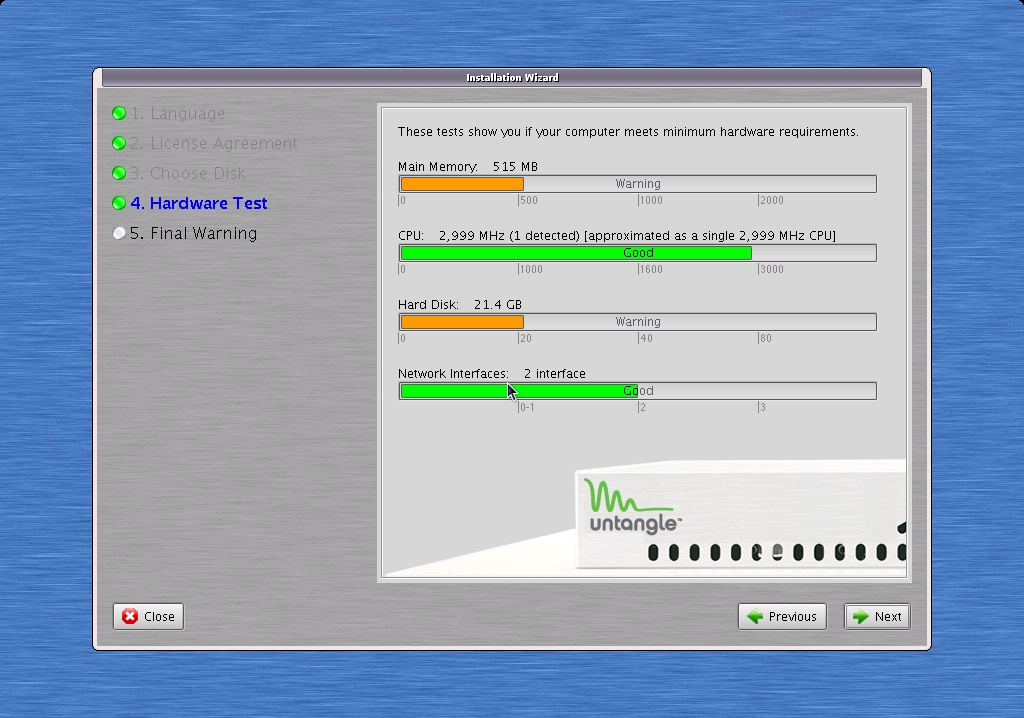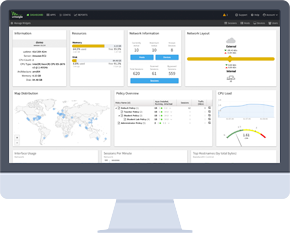

- #Untangle firewall bootable hardrive how to
- #Untangle firewall bootable hardrive install
- #Untangle firewall bootable hardrive software
- #Untangle firewall bootable hardrive password
#Untangle firewall bootable hardrive password

#Untangle firewall bootable hardrive install
Install the Operating System on The Vault If using Rufus “ISO mode” should be selected.
#Untangle firewall bootable hardrive how to
See this link for detailed instructions on how to create a bootable USB drive using Rufus or balenaEtcher.
#Untangle firewall bootable hardrive software
The easiest way to transfer the installation image to a USB drive is by using software called “Rufus” on Windows or “balenaEtcher” on Mac OSX. Image type: IMG (USB Image) Untangle Download Page Burn the Installation Image to a USB Drive As of the writing of this article, the latest version that has been tested with The Vault is version 16.3.2 of Untangle. It is important to choose the correct image type to install via USB on The Vault. The same image can be used to install Untangle on any of the Vault platforms. The Untangle installation image can be downloaded from. See the hardware requirements as published by Untangle at Install Untangle Obtain the Installation Image and Uncompress it Verify Hardware Recommendationsīefore installing Untangle NG, verify that the Vault has been equipped with the appropriate hardware. Note: Please see the BIOS Compatibility at the bottom of this article before starting the installation. Untangle NG version 16.3.2 has been successfully installed and deployed on the FW1,FW2, FW4, and FW6 series of the Vault. img's location and of= with your USB stick's block device.Untangle NG Firewall is a network security application. img is in ~/Downloads/, I can sudo dd if=Downloads/untangle_920_build5_x32.img of=/dev/sde bs=1M I know my USB stick is 1GB, so that's the one. sd 18:0:0:0: Attached scsi generic sg5 type 0 scsi 18:0:0:0: Direct-Access USB 2.0 Flash Disk 5.00 PQ: 0 ANSI: 2 Here's the tail end of the output of dmesg after inserting my USB stick: You will first need to figure out what block device your USB stick is using - simply insert it and run dmesg, then look for sdX where X is the device.




 0 kommentar(er)
0 kommentar(er)
